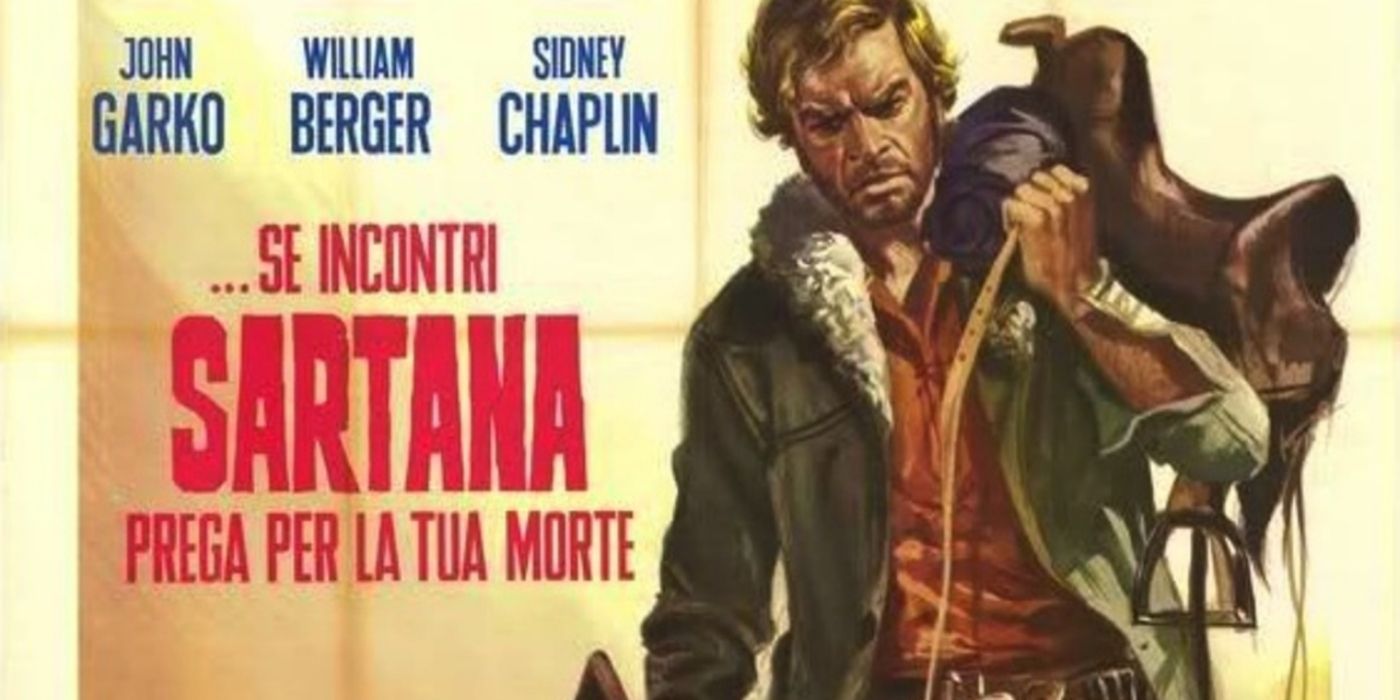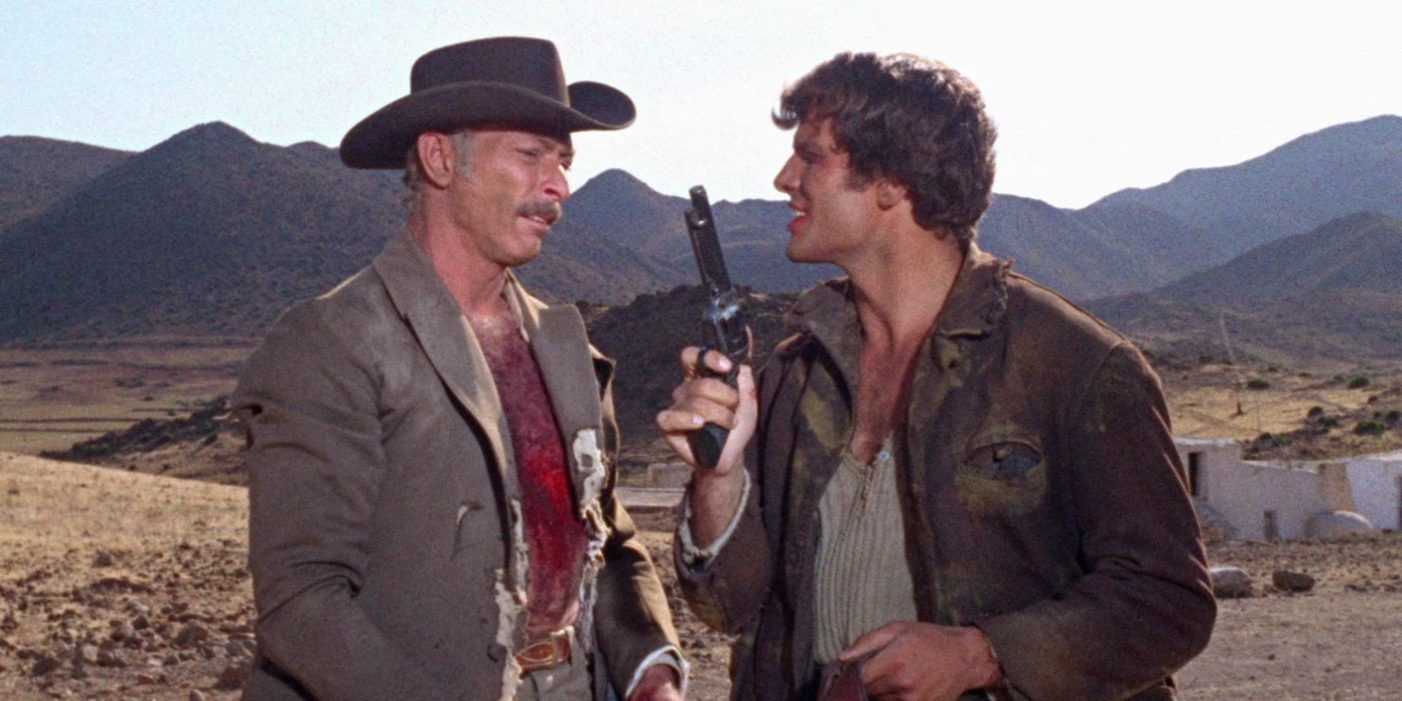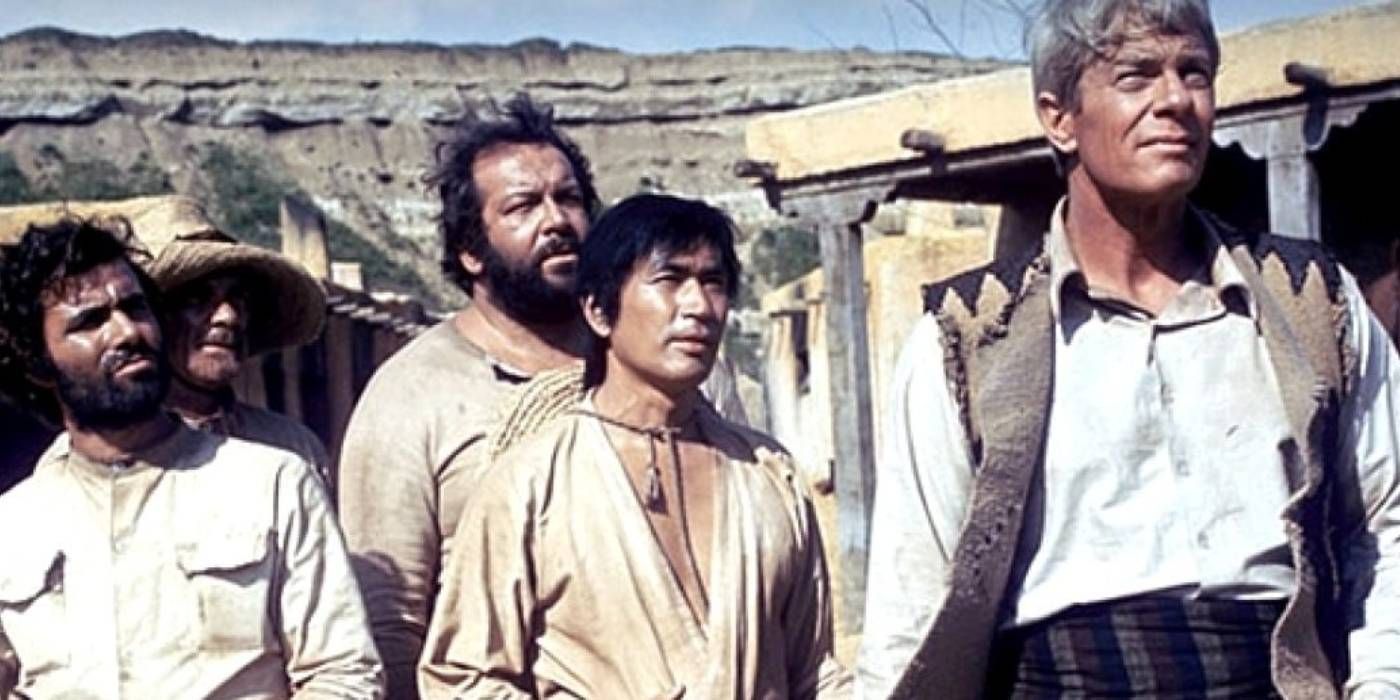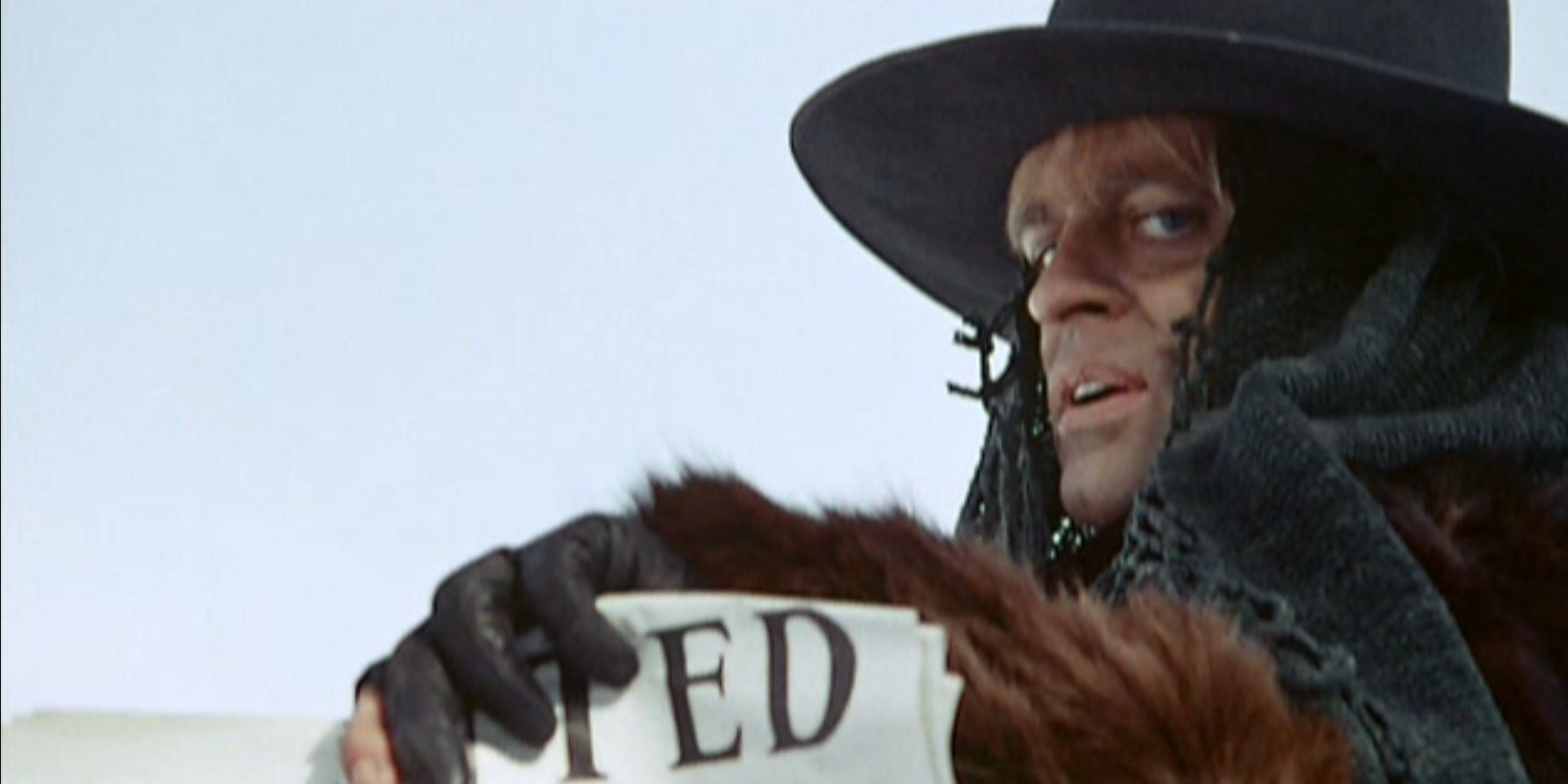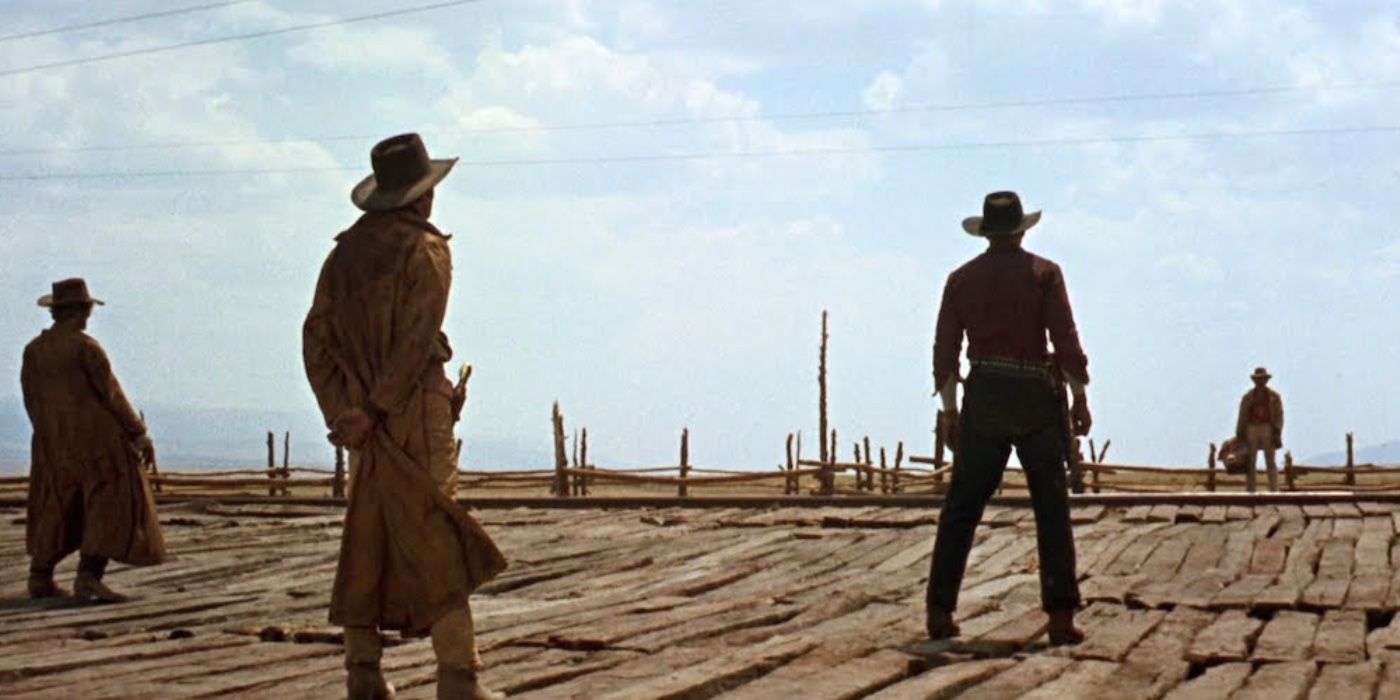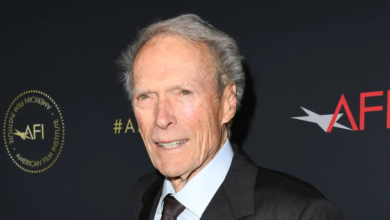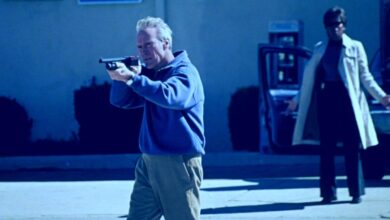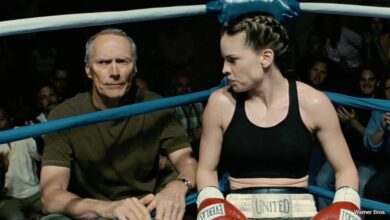10 Best Spaghetti Westerns That Don’t Star Clint Eastwood
Clint Eastwood was famous for popularizing the Spaghetti Western, but some of the best movies in the genre didn't feature his Man With No Name.

SUMMARY
- Clint Eastwood may be the most famous actor associated with Spaghetti Westerns, but there are many great films in the subgenre that don’t feature him.
- Directors like Sergio Sollima and Gianfranco Parolini have made noteworthy contributions to the Spaghetti Western subgenre with their films Face to Face and …If You Meet Sartana Pray For Your Death .
- Lee Van Cleef’s work in Westerns extends beyond his roles alongside Clint Eastwood, as demonstrated in Death Rides A Horse and Day of Anger .
Clint Eastwood starred in the three most famous Spaghetti Westerns, yet some of the best movies in the subgenre didn’t even feature the actor or his iconic Man With No Name character. Having origins as far back as the advent of filmmaking in Europe, the term Spaghetti Western refers to the slew of action films dramatizing the American West coming out of Italy, most notably from famed director Sergio Leone. Though the earliest film that could be called a Spaghetti Western was 1910’s The Girl of the West, it wasn’t until the ’60s that the subgenre exploded.
A huge part of the Spaghetti Western subgenre’s success was the advent of Sergio Leone’s Dollars Trilogy. Consisting of A Fistful of Dollars, A Few Dollars More, and The Good, the Bad and the Ugly, these films shot Clint Eastwood into stardom with his steely portrayal of the nameless gunslinger under the careful eye of Leone’s visionary style. However, Italian-made Westerns didn’t stop or start with Eastwood, and many of the greatest titles in the Spaghetti Western subgenre are free from the glare of his iconic squint.
10. Face To Face (1967)
Sergio Leone wasn’t the only Sergio in Italy with a penchant for the American West. Directed by Sergio Sollima, 1967’s Face to Face offers a more thoughtful take on the typically bloody Western. The film stars Gian Maria Volonté as Brad Fletcher, a professor who finds himself embroiled in the conflicts of a local gang after saving the lives of one of their members.
Eschewing the typical glorification of violence the films had become known for, Sollima’s second feature reflected instead on the corrupting nature of the setting. Fletcher’s journey from an intellectual professor to the ruthless leader of Puerto de Fuego is a fascinating character study. The clear influence of Sollima’s own experience with fascism made him consider this thoughtful Western his best work, a very grounded and personal film.
9. Death Rides A Horse (1967)
Following close behind Clint Eastwood’s popularity in the Spaghetti Western subgenre was Lee Van Cleef. The actor is best known for his work alongside Eastwood in the Dollars Trilogy, first as The Man With No Name’s ally, then as his adversary. But Lee Van Cleef’s work in Westerns extends far beyond the shadow of Clint Eastwood, demonstrated phenomenally in Giulio Petroni’s Death Rides A Horse.
This movie follows Van Cleef as a loner who drifts into a town seeking revenge. At the same time, he meets a fellow vengeance-obsessed gunslinger, Bill, chasing the same gang of criminals for different reasons. Though the film’s plot is nothing groundbreaking, the intense visuals and score build the basic story into a volcano of emotional turmoil that erupts in the climactic final gunfight set in the middle of a raging sandstorm.
8. If You Meet Sartana Pray For Your Death (1968)
The best Westerns are meditative, using the desolate setting of the lawless American West to explore profound themes of humanity’s inherent evil. However, sometimes it’s just as good to use the setting for an unforgettably bloody action romp, with blazing guns, larger-than-life characters, and over-the-top action. …If You Meet Sartana Pray For Your Death oozes as much campy fun as its title implies. It’s stellar work from director Gianfranco Parolini.
The film tells the story of a corrupt Bounty Hunter named Lasky, who gets swept up in a complicated insurance fraud scheme. Lasky soon finds himself in the crosshairs of the deadly Sartana. Parolini’sfilm makes the most of its runtime with mind-boggling violence, Sartana’s creative use of mechanical gadgets, and a breakneck speed that outpaces anything Sergio Leone has created.
7. Day Of Anger (1967)
Another Lee Van Cleef vehicle, Tonino Valerii’s Day of Anger marked the actor’s comeback to the genre after a brief hiatus. The film pits Van Cleef as veteran gunslinger Frank Talby, drifting into his latest town with an unmistakable bang. When his activities are noticed by lowly street sweeper Scott Mary, the man races to Talby’s side, looking to make a name for himself as an outlaw by studying under his tutelage.
Day of Anger features a unique master-student dynamic not typical of Westerns, with the relationship between the two men being the emotional crux of the film. Of course, the mentor and trainee eventually raise guns at each other, and the ultimate payoff of Ven Cleef’s 10 rules of gunfighting is a satisfying, yet tragic end to the pair’s tale. Mary’s character arc makes him unusually dynamic for a Spaghetti Western protagonist, earning the film some props with its deliberate writing.
6. The Mercenary (1968)
Westerns with a dose of comedy were prominent at the height of their popularity, the two genres mixing wonderfully. Aiming to do away with the normal stoicism the Spaghetti Western’s characters had become steeped in, Sergio Corbucci’s The Mercenary is an ambitious film with a wide array of influences. The cast sought inspiration from around the world, featuring the titular Polish mercenary teaming up with a Mexican revolutionary against a dangerous American gunfighter.
The Mercenary functions as a prototypical buddy-cop action comedy, the unlikely duo deriving great laughs even in the midst of chaos. For all its comedic leanings, the film also isn’t afraid to venture into the realm of politics, painting a sunnier picture of the Mexican Revolution than an American movie at the time would likely allow. The result is an entertaining flick whose comedy and action offerings serve a greater narrative.
5. The 5-Man Army (1969)
While many Westerns opt to focus on one or two stoic protagonists, some of the genre’s best offerings instead involve a ragtag team of unlikely allies with a common goal. The most famous example of the primordial team-up film is the 1960 classic The Magnificent Seven, heavily based on Akira Kurosawa’s iconic samurai film The Seven Samurai. Don Taylor and Italo Zingarelli’s The 5-Man Army was Italy’s answer to such films.
Another Spaghetti Western utilizing the popular setting of the Mexican Revolution, The 5-Man Army follows an eclectic team of strangers forced to work together when they’re hired by the protagonist, Dutchman, to rob a train carrying gold. Consisting of a strong man, a circus acrobat, an explosives expert, and a samurai, the film feels like a chaotic session of a tabletop role-playing campaign as the diverse team plays off of each other’s strengths to rob the train — and each other — of the gold.
4. The Great Silence (1968)
For as rigid of a genre as it is, Westerns have been known to tire audiences out with their repeat showings of the same dusty desert towns and hard-talking antiheroes. In the modern era, many Westerns aren’t even set in the Wild West, doing anything they can to transplant the same themes into a fresh setting. Sergio Corbucci’s The Great Silence is a fantastic early example of a Spaghetti Western that tried something new.
The Great Silence bucks many Western trends, following the story of the aptly-named Silence, a mute gunslinger, as he tries to protect Snow Hill, Utah, from a deranged bounty hunter. True to the town’s name, the setting is shrouded in snow, playing off of the silent but uncharacteristically good-hearted protagonist to create a tale that stands out from its colleagues. The film has a bleak, somber tone not found in many other bombastic installments of the genre, making it a unique and well-crafted offering from Corbucci.
3. They Call Me Trinity (1970)
Releasing in the twilight years of the Western’s dominance, Enzo Barboni’s They Call Me Trinity is a comedic tale of two hapless step-brothers navigating their way through the American West. The titular brother, Trinity, is a lazy outlaw gifted with nigh-supernatural gunslinging ability. Paired with his burly, hardworking half-brother, Bambino, the odd couple dynamic is fully on display in their bullet-hole-filled trek.
The situational comedy of They Call Me Trinity is second to none, as the rambunctious brothers contend with defending a Mormon enclave from bandits for all the wrong reasons. The seedy brothers’ breaking of the Mormon leader’s pacifism provides many laugh-out-loud moments, culminating in Trinity falling in love with two sisters only to wriggle his way out of a marriage at the last second once he’s reminded of the responsibility he’d be claiming. Trinity’s lack of work ethic and dumb charm make him stand out in a genre filled with grizzled fighters like his brother.
2. Django (1966)
Long before Quentin Tarantino’s pulpy Western with a similar name, 1966’s Django shot Franco Nero into stardom at a rate similar to Clint Eastwood. The relatively subdued plot follows the titular loner as he escorts a woman he saved back into a town, in the process getting caught in a conflict between a bloodthirsty gang and a tyrannical army major. Similar to the suitcase in Tarantino’s Pulp Fiction, Django carries with him a mysterious coffin, the contents of which are left to the imagination for the majority of the film.
While being an unaffected, calm, and collected hero worked great for Clint Eastwood, what sets Nero apart as Django is his thoughtfulness and struggle. Not always in control, Django gets seriously hurt, and is capable of being tender, making him a more likable, unique protagonist for an action-packed Western with a short runtime. That being said, when it’s time to bring out the big guns, Django can still dish out the punishment, finally revealing what his coffin is hiding.
1. Once Upon A Time In The West (1968)
As one of the great triumphs of the Spaghetti Western, Once Upon a Time in the West evokes greatness and a complete understanding of the genre down to its very title. Though Sergio Leone became famous for the Dollars Trilogy, the critical reception and perfection of his craft that came out of this 1968 film leaves many to consider the project his magnum opus. The film takes place in the desolate town of Flagstone, telling the story of a prostitute who allies with the mysterious drifter, Harmonica, after her husband is murdered, leaving her the heir to a valuable piece of land.
Beyond the scope of being a Western, Once Upon a Time in the West is a truly masterful epic with a sweeping orchestral score to accompany the explosive saga of its dark story. Charles Bronson, Claudia Cardinale, and Henry Fonda all excel in their roles, chewing the bleak scenery of Flagstone with a tacit mastery of their craft. The reveal of the significance of Harmonica’s trademark instrument is among one of the greats in cinema, leaving Once Upon a Time in the West as a giant among not only the Spaghetti Western, but Westernsas a whole, all without the aid of Clint Eastwood.


